australian gardeners ..... Oxymoron???
wazcrazy
18 years ago
Related Stories

GARDENING GUIDESGreat Design Tree: Australian Tea Tree
A living sculpture with an unmistakable appearance, this coastal native creates an intriguing landscape scene
Full Story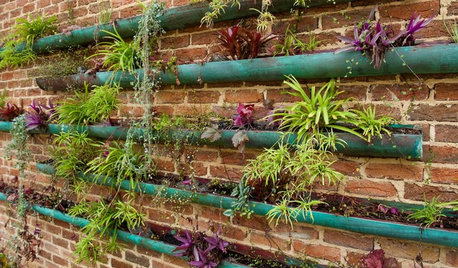
GARDENING AND LANDSCAPINGAustralian Vertical Gardens Create an Artful Outdoor Retreat
Inventive hanging planters transform a rough backyard into a living sanctuary
Full Story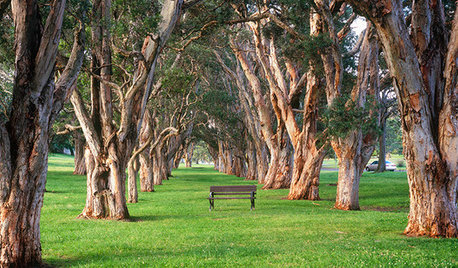
EVENTSEnjoy Plantings, Eat Bugs and Learn at the Australian Garden Show
Indulge your senses at this four-day celebration of gardening, food and more in Sydney — and don't forget to try the crickets
Full Story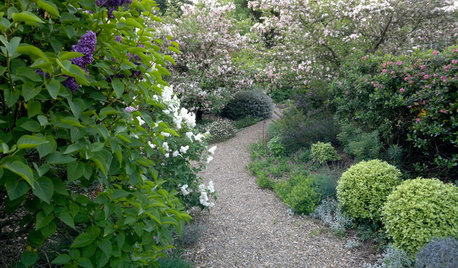
LANDSCAPE DESIGNSee a Lush Australian Garden That Needs Little Water
Highly self-sufficient and sustainable, this oasis near Sydney offers something special around every corner
Full Story
HOUZZ TOURSMy Houzz: An Australian Circus Family's Home Juggles Extra Room
With a new extension and a main-cottage overhaul, this busy foursome now has plenty of sustainably minded space
Full Story
GARDENING AND LANDSCAPINGDouble Take: Is This an Ice Block in an Australian Backyard?
Or maybe it's a magical dais or a crystal sculpture. Take a guess, then see if you got it right
Full Story
HOUZZ TOURSMy Houzz: An Australian Home Appeals to 3 Generations
Two separate ecofriendly dwellings on an Adelaide property mean family is never far away
Full Story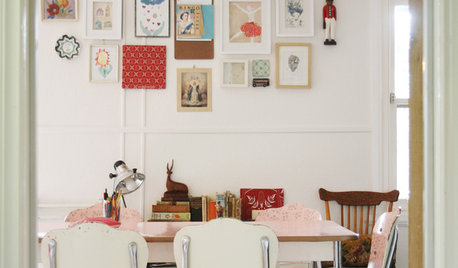
HOUZZ TOURSHouzz Tour: An Australian Cottage with a Vintage Twist
A Melbourne Blogger Outfits Her New Home in Quirky Second-Hand Finds
Full Story
HOMES AROUND THE WORLDHouzz Tour: Australian Home a Gold Mine of Unconventional Ideas
Sawmill House, a collaboration between 2 brothers, combines the precision of architecture with the expressiveness of sculpture
Full Story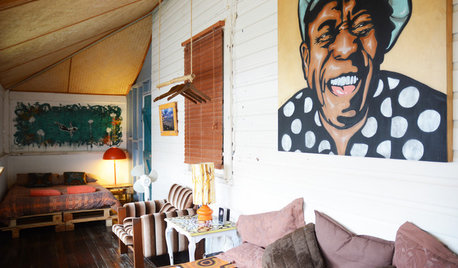
MY HOUZZMy Houzz: Free Spirits Get Creative in an Australian Beach House
A skateboarder transforms an old wooden beach house into a street-style gallery to share with his housemate — and the Byron Bay community
Full StorySponsored
More Discussions



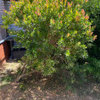
Amelie
mistymorn
Related Discussions
Scotts Oxymoron
Q
attractive compost area - an oxymoron?
Q
community garden in college an oxymoron?
Q
For Australian gardeners who care about the environment
Q
pos02
Robert_NSW
wattleblossom
User
trancegemini_wa
artiew
wazcrazyOriginal Author
Rose_Qld
artiew
Rose_Qld
Liatris
gregaryb
artiew
pos02
kbranksome
Scruffly
wattleblossom
Robert_NSW
kbranksome
Formica
scubamid
Wooroonooran
kbranksome
Robert_NSW
Wooroonooran
kbranksome
wazcrazyOriginal Author
ian_wa
Wooroonooran
artiew
wattleblossom
ian_wa
wazcrazyOriginal Author
Robert_NSW
Wooroonooran